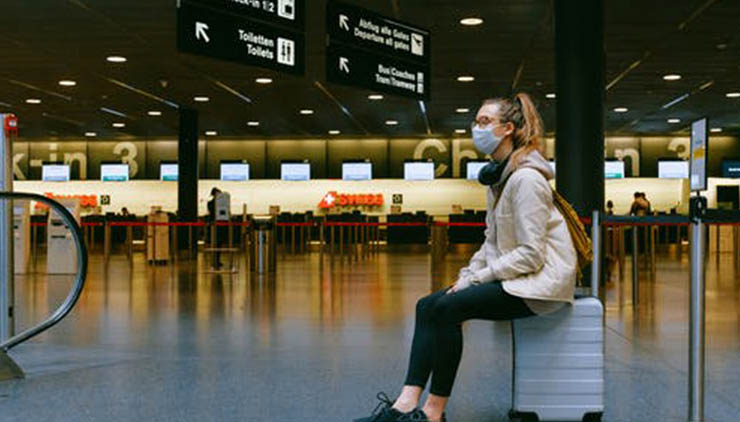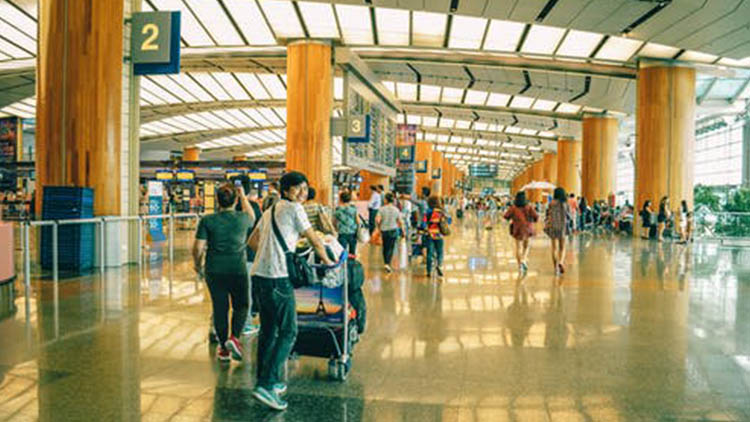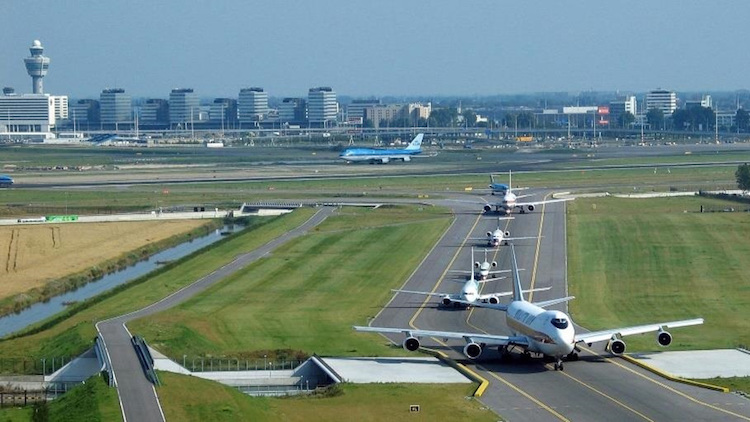There Are Alternatives to Quarantine For Flyers

Imposing quarantine measures on arriving travellers keeps countries in isolation and the travel and tourism sector in lockdown. While India has extended its suspension of commercial international flights until July 15 midnight, would-be flyers are still worried over the prospects of being quarantined in a foreign land.
"Fortunately, there are policy alternatives that can reduce the risk of importing COVID-19 infections while still allowing for the resumption of travel and tourism that are vital to jumpstarting national economies. We are proposing a framework with layers of protection to keep sick people from travelling and to mitigate the risk of transmission should a traveller discover they were infected after arrival,” says Alexandre de Juniac, IATA’s Director-General of the International Air Transport Association.
IATA recently outlined a few measures to deal with the situation: Discouraging symptomatic passengers from traveling: It is important that passengers do not travel when ill. To encourage passengers to “do the right thing” and stay home if they are unwell or potentially exposed, airlines are offering travellers flexibility in adjusting their bookings.
Public health risk mitigation measures: IATA supports health screening by governments in the form of health declarations. To avoid privacy issues and cut the risk of infection with paper documents, standardized contactless electronic declarations via government web portals or government mobile applications are recommended.
Health screening using measures such as non-intrusive temperature checks can also play an important role. Although temperature checks are not the most effective screening method for COVID-19 symptoms, they can act as a deterrent to travelling while unwell. Temperature checks can also shore-up passenger confidence: in a recent IATA survey of travelers, 80% indicated that temperature checks make them feel safer when travelling.
Contact tracing: This is the back-up measure, should someone be detected as infected after arrival. Rapid identification and isolation of contacts contains the risk without large-scale economic or social disruption. New mobile technology has the potential to automate part of the contact-tracing process, provided privacy concerns can be addressed.
Reducing risk of transmission at destination: Governments are taking measures to limit the spread of the virus in their territory that will also mitigate the risk from travellers. In addition, the World Travel and Tourism Council (WTTC) Safe Travel protocols provide a pragmatic approach for the hospitality sector to enable safe tourism and restore traveler confidence. Areas of the industry covered by the protocols include hospitality, attractions, retail, tour operators, and meeting planners.

Also Read:
IATA recently outlined a few measures to deal with the situation: Discouraging symptomatic passengers from traveling: It is important that passengers do not travel when ill. To encourage passengers to “do the right thing” and stay home if they are unwell or potentially exposed, airlines are offering travellers flexibility in adjusting their bookings.
Public health risk mitigation measures: IATA supports health screening by governments in the form of health declarations. To avoid privacy issues and cut the risk of infection with paper documents, standardized contactless electronic declarations via government web portals or government mobile applications are recommended.
Health screening using measures such as non-intrusive temperature checks can also play an important role. Although temperature checks are not the most effective screening method for COVID-19 symptoms, they can act as a deterrent to travelling while unwell. Temperature checks can also shore-up passenger confidence: in a recent IATA survey of travelers, 80% indicated that temperature checks make them feel safer when travelling.

Contact tracing: This is the back-up measure, should someone be detected as infected after arrival. Rapid identification and isolation of contacts contains the risk without large-scale economic or social disruption. New mobile technology has the potential to automate part of the contact-tracing process, provided privacy concerns can be addressed.
Reducing risk of transmission at destination: Governments are taking measures to limit the spread of the virus in their territory that will also mitigate the risk from travellers. In addition, the World Travel and Tourism Council (WTTC) Safe Travel protocols provide a pragmatic approach for the hospitality sector to enable safe tourism and restore traveler confidence. Areas of the industry covered by the protocols include hospitality, attractions, retail, tour operators, and meeting planners.
Latest Videos
















